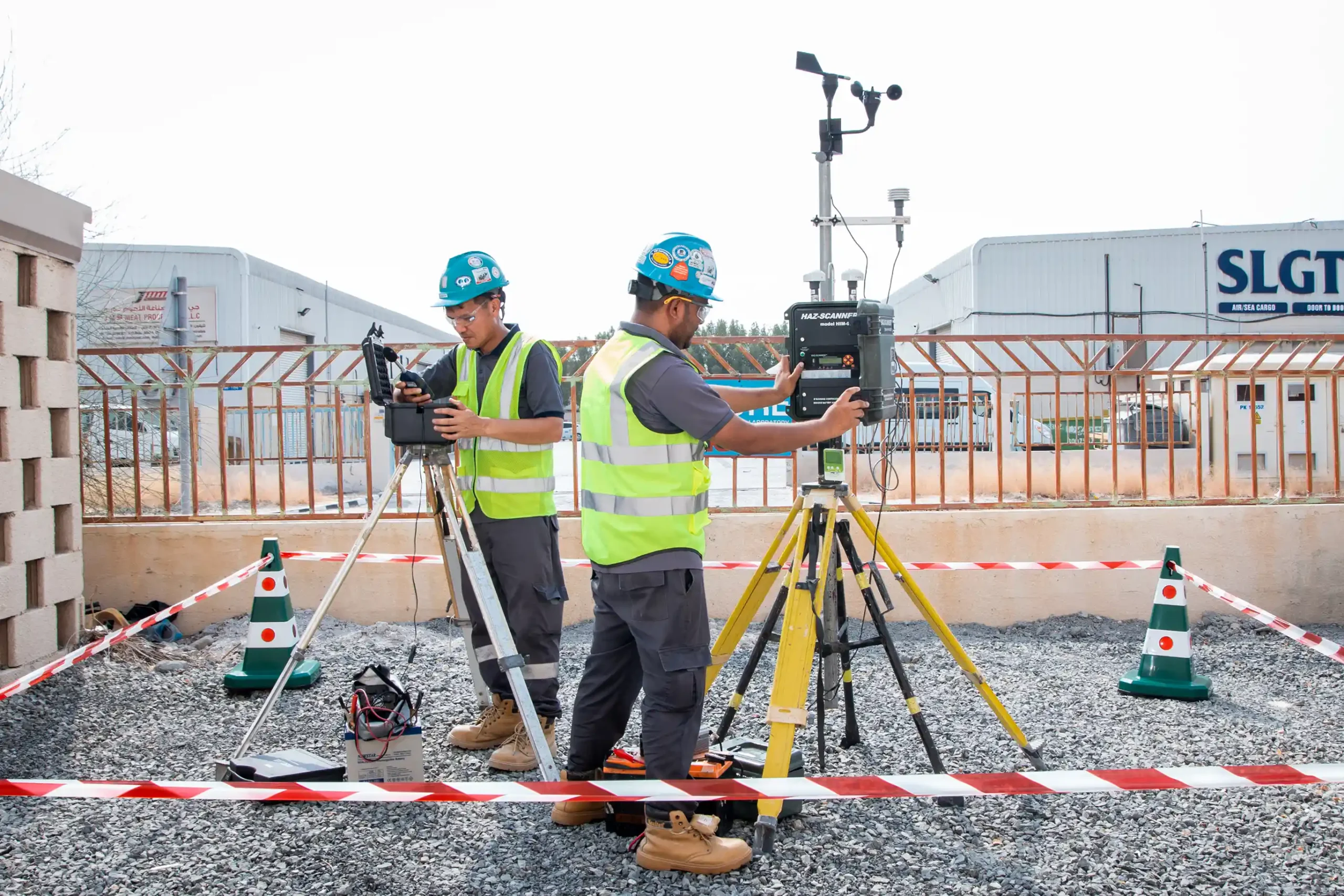Introduction
Helminth ova analysis plays a critical role in environmental, clinical, and agricultural studies. Accurate detection and quantification of helminth eggs are essential for assessing contamination levels and ensuring public health safety. In this article, we explore the top methods used for precise Helminth Ova Analysis, highlighting their advantages and applications.

- Sedimentation Technique
The sedimentation method is widely used due to its simplicity and effectiveness in concentrating helminth eggs from liquid or soil samples.
Process:
- A sample is mixed with a suitable diluent and allowed to settle.
- The supernatant is removed, leaving behind a concentrated sediment.
- The sediment is examined under a microscope for helminth ova identification.
Advantages:
- Cost-effective and easy to perform.
- Suitable for large-volume samples.
Limitations:
- May not effectively recover all helminth ova types.
- Requires trained personnel for accurate identification.
- Flotation Technique
Flotation is an effective method that utilizes density differences to separate helminth ova from debris.
Process:
- A sample is mixed with a high-density solution (e.g., zinc sulfate or sodium nitrate).
- Lighter helminth ova float to the surface while heavier particles sink.
- The surface layer is collected and examined microscopically.
Advantages:
- High sensitivity for light ova.
- Rapid and efficient concentration.
Limitations:
- Heavier helminth ova may not float efficiently.
- Specific gravity adjustments are necessary for optimal recovery.
- Centrifugal Concentration Method
This method enhances ova recovery by using centrifugal force to separate helminth eggs from the sample matrix.
Process:
- A sample is centrifuged at a predetermined speed.
- The supernatant is discarded, and the sediment is collected.
- The concentrated sample is analyzed under a microscope.
Advantages:
- High recovery rate for various helminth species.
- Reduces interference from debris.
Limitations:
- Requires specialized centrifuge equipment.
- Slightly more time-consuming than other methods.
- Molecular Techniques (PCR-Based Analysis)
Polymerase Chain Reaction (PCR) is a modern technique for detecting helminth ova with high specificity and sensitivity.
Process:
- DNA is extracted from the sample.
- PCR amplification targets specific helminth genetic markers.
- The amplified DNA is analyzed for identification.
Advantages:
- Extremely precise and species-specific.
- Useful for detecting low ova concentrations.
Limitations:
- Requires specialized equipment and trained personnel.
- More expensive than traditional methods.
- Fluorescence Microscopy
Fluorescence microscopy enhances helminth ova detection by using fluorescent stains or dyes that bind to specific ova structures.
Process:
- Samples are stained with fluorescent dyes.
- Microscopic examination under UV light allows differentiation of ova from debris.
Advantages:
- Improves contrast and visibility.
- Reduces false-positive results.
Limitations:
- Requires fluorescence microscope.
- Some ova may not react well with stains.
Conclusion
Accurate Helminth Ova Analysis is crucial for environmental and public health monitoring. Traditional methods like sedimentation and flotation remain reliable for routine diagnostics, while advanced techniques like PCR and fluorescence microscopy offer enhanced accuracy for research applications. Choosing the right method depends on sample type, required sensitivity, and available resources.
For laboratories and research institutions, integrating a combination of these methods ensures comprehensive and precise analysis, contributing to better health and safety outcomes.













